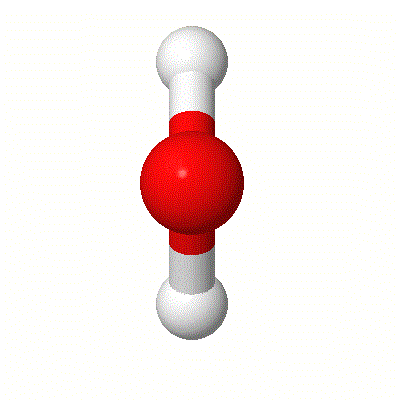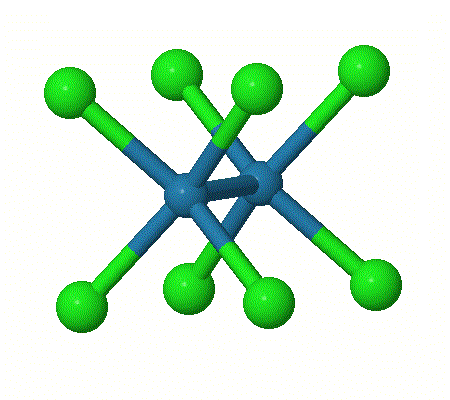WEB TUTORIAL - Group Theory


Introduction
Using group theory you can predict the number of IR and Raman active bands you will expect to see from a given sample if you know its geometry. Conversely, the number of observed bands can help to confirm the geometry of a molecule.
Contents of Tutorial
| Chapter | Title | Contents | Pages |
| 1 | Basic Principles | Symmetry Elements · The Flow Diagram · Point Group Character Tables · The Reduction Formula | 5 |
| 2 | Water worked example | Determining the Point Group · Understanding the Point Group Character Table · Calulating the Number of Unchanged Bonds · Using the Reduction Formula · Checking your Results | 30 |
| 3 | Metal-Metal bonded worked example | Determining the Point Group · Understanding the Point Group Character Table · Calulating the Number of Unchanged Bonds · Using the Reduction Formula · Checking your Results | 20 |
General Notes
Questions (or statements) in green italics will appear throughout these pages, followed by a set of multiple-choice answers in blue. To progress, the correct answer needs to be selected. If an incorrect answer is chosen, hints/help will be displayed and the question asked again.
It is advised that during the tutorial you make models of the molecules for the worked examples as this will help you to visualise the symmetry elements required to reach a point group.
References
• http://symmetry.otterbein.edu
• W.Levason, Lecture notes 1-4 CHEM2009 (unpublished)